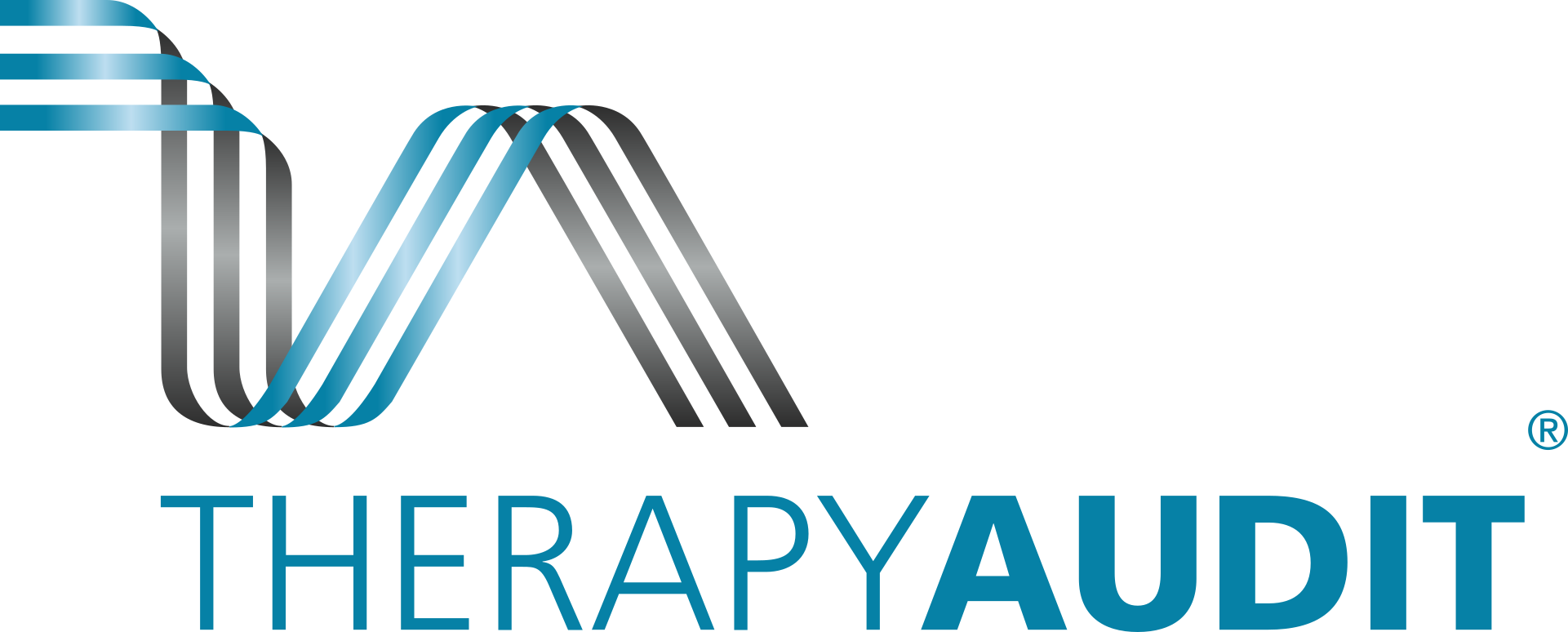
References:
The Rheumatology department at Queen Elizabeth Hospital Gateshead has been using TAMONITOR (and its predecessor RheMOS) for 20 years. The use of TAMONITOR has grown since it started and now it supports gastroenterology and respiratory as well as rheumatology patients. We spoke to Gail Lumsley who is the administrator who runs TAMONITOR on behalf of the Gateshead patients’ doctors and nurses, although they also have access to the system. We spoke to Gail about her experience with TAMONITOR.
How long have you been using TAMONITOR?
I took over as the [then] RheMOS Database Administrator about 13 years ago. Can’t believe it!
How do you use TAMONITOR, day-to-day?
As the Database Administrator I am responsible for putting new patients details onto TAMONITOR manually to ensure that we get to see their blood test results. I check the TAMONITOR control panel (or dashboard) to see the abnormal results, deteriorating trends and DNAs (patients for whom we are expecting a blood test but none has shown up) that have been identified by TAMONITOR. I then notify the relevant doctors of any problems, and they either log into TAMONITOR to deal with the problem, or let me know what needs to be done. For identified DNAs I need to generate letters for the patients and their GPs, but I’m hoping the number of DNAs will reduce when we start using SMS messaging to remind people to go for testing. The new DNA templates I can use with TAMONITOR give patients much more information regarding their overdue blood test and as a result the number of calls requesting more information has fallen. But dealing with DNAs can be quite still be quite time-consuming.
How do the blood test results for your patients get to TAMONITOR?
Most patients results’ are received automatically via an HL7 feed from the pathology lab here at the QE. For those out of area (whose bloods are not processed at the QE pathology lab) the majority come from surrounding area. That means that I have access to their results through a shared lab system. These results can then be copied manually into TAMONITOR from the shared lab system. I don’t mind as it’s a relatively small number, and most from South Tyneside. I think THERAPYAUDIT are doing work to create a link to South Tyneside pathology which will reduce those numbers even further.
What else do you use TAMONITOR for?
My role has evolved as new features in TAMONITOR have come available. So now I manage (in addition to Abnormals and DNAs) Shared Care Protocols, Agreements and returns for each patient (identified on TAMONITOR). I also produce reports for GPs which helps them keep track of who they are responsible for and who the hospital is monitoring. I also enter scoring data (e.g. PsARC / DAS28) that’s collected by the nurses. And while the specialist nurses deal with the patients’ helpline call details I can keep on top of the calls to make sure none get missed. Due to the similar drugs being used Gastroenterology and Respiratory specialties some of their patients are also on TAMONITOR but that’s a fairly small proportion of the overall total.
Has your use of TAMONITOR increased or decreased over the years?
It’s increased. Partly because I can now do different things with it and partly because overall the number of patients being monitored has roughly doubled since 2008. There’s also been an increase in the number of out of area patients.
What features would further improve how you use TAMONITOR?
Automating the exchange of shared-care protocol documentation would make a big difference. At the moment it’s a very manual job where I have to generate a letter to send to the GP to get confirmation and agreement over the monitoring responsibilities. Often the agreements don’t come back as the GPs are too busy, and keeping tracking of them manually is a nightmare. It would be great if TAMONITOR could handle that all automatically. (note from THERAPYAUDIT – we’re looking at implementing that feature later this year). Also any reduction in the workload associated with DNAs would be helpful. We know that SMS reminders for hospital appointments are used widely and so the same reminders for blood tests would help reduce the number of DNAs we have. I know we’re introducing that feature shortly and I’m looking forward to seeing how it can reduce my administrative workload. I’m expecting three levels of messages to be sent – one ‘preemptive’ message a few days before they’re due to go for a blood test; a second ‘preemptive’ message if we haven’t received a blood test when expected; and a third ‘reactive’ message is they still don’t get the blood test done. I’m hoping the text message reminders will reduce the number of letters I need to generate and send to both patients and GPs – and it’ll be a useful service for the patients as well.
Interested?
If you want to know more about TAMONITOR – call 0800 756 1087 or complete our contact form.
